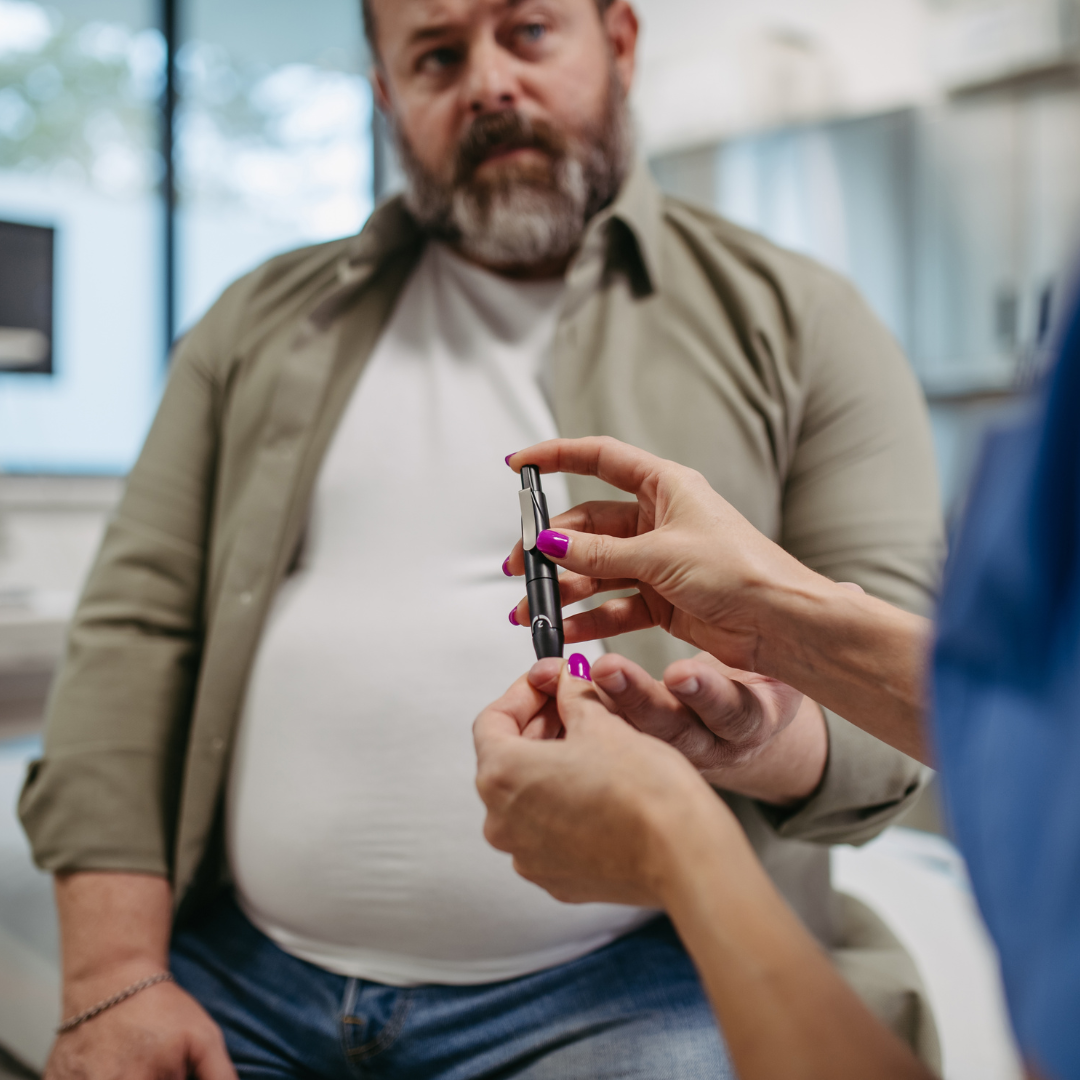Spot baldness, or alopecia areata, is a complex autoimmune disorder that affects many men, leading to sudden hair loss in distinct patches. Understanding the signs and seeking appropriate remedies is vital for those affected, as early intervention can significantly improve outcomes. This article delves into the key signs of spot baldness and outlines effective treatment options and lifestyle adjustments that can help manage this condition.
Understanding Spot Baldness in Men: Key Signs to Recognize Early Onset
Spot baldness is characterized by the sudden appearance of round or oval patches of hair loss on the scalp or other areas of the body. This hair loss occurs when the immune system mistakenly attacks hair follicles, leading to hair shedding. Men should be particularly vigilant for sudden and localized hair loss, which is often the first sign of the condition. Monitoring changes in hair density and the emergence of bald spots is crucial for recognizing the onset of alopecia areata.
In addition to visible hair loss, men may experience subtle sensations in the affected areas, such as tingling or itching. These sensations often precede or accompany hair loss, serving as early indicators of the condition. Changes in hair texture, including increased brittleness or a shift in color, may also occur as the hair follicles become compromised. Awareness of these accompanying symptoms can facilitate early diagnosis and intervention, which is essential for effective treatment.
Furthermore, men should note that spot baldness can sometimes lead to the emergence of white or gray hair in the affected patches, a phenomenon often attributed to the loss of pigment-producing cells within hair follicles. This unexpected change in hair color can be disheartening and may exacerbate feelings of self-consciousness associated with hair loss. Understanding these signs empowers men to seek timely medical advice, which can lead to more effective management of the condition.
Effective Remedies for Spot Baldness in Men: Treatment Options and Lifestyle Adjustments
To address spot baldness effectively, a variety of treatment options are available, tailored to individual needs and the severity of the condition. Topical corticosteroids are commonly prescribed to reduce inflammation and encourage hair regrowth. These medications work by modulating the immune response, allowing hair follicles to recover. Regular application can yield substantial results, particularly for those experiencing early-stage alopecia areata.
In addition to corticosteroids, other therapies such as minoxidil can be beneficial. Minoxidil, a topical solution that promotes blood flow to hair follicles, is often recommended to enhance hair restoration efforts. For persistent cases, immunotherapy may be considered, which involves applying a chemical solution to the bald patches to provoke an allergic response, ultimately encouraging hair growth. Consulting a healthcare professional can help determine the most appropriate treatment plan based on individual circumstances.
Lifestyle adjustments play a crucial role in managing spot baldness as well. A balanced diet rich in vitamins and minerals—particularly biotin, zinc, and vitamins A and E—can support hair health and regeneration. Furthermore, managing stress through mindfulness practices, exercise, and adequate sleep can mitigate the psychological impact and may improve overall hair health. Additionally, avoiding harsh hair care practices and products can prevent further damage, allowing the hair to recover more effectively. By exploring these various options, men can find empowerment in their journey towards restoring their hair and confidence.
Spot baldness in men, while often distressing, can be managed effectively through early recognition and a combination of medical treatments and lifestyle changes. Understanding the key signs of alopecia areata enables individuals to seek timely intervention, which is crucial for promoting hair regrowth and managing the emotional impact of hair loss. By exploring both traditional remedies and holistic approaches, men can regain control over their hair health, fostering both physical and mental well-being. Embracing these strategies can lead to a more confident and fulfilling life, irrespective of hair loss challenges.




